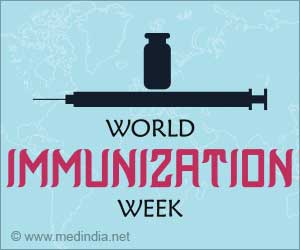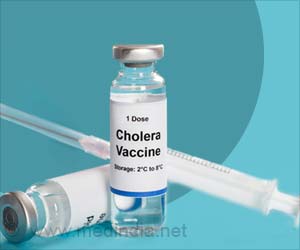
‘Globally, the crisis can be solved through an essential package of palliative care, which can be made readily available by the health systems. ’
Tweet it Now
The vast majority of the world’s population (75%) live in countries that provide less than half of the morphine needed for palliative care. The crisis can be solved through an essential package of palliative care, which can be made readily available by health systems, worldwide, revealed The Lancet Commission.
About 61 million people suffer from severe physical and psychological problems and pain every year, worldwide.
Of which, 83 percent people live in low and middle-income countries, and access to low-cost, off-patent morphine is rare or unavailable.
The annual burden, when numbered in days of severe physical and psychological suffering, is enormous.
Advertisement
Globally, only about 10.8 metric tonnes of oral morphine is distributed to low and middle-income countries out of 298.5 metric tonnes.
Advertisement
The oral and injectable morphine can be immediately released at the center of the essential package.
A pain-relieving dose in high-income countries, costs about three cents per 10 mg. Whereas, in the low-income countries, it costs about 16 cents when it is available.
"The pain gap is a double-edged sword with too little access to inexpensive opioids for developing nations and misuse by the rich ones. The enormous disparity between need and availability of opioids for palliative care is growing and skewed against people living in poverty," said Julio Frenk, co-author, and President of the University of Miami.
Pain reliever opioid resembles opium in its addictive properties and physiological effects.
Nearly, 172 countries have been studied. Of which, 25 countries had no morphine essentially, and 15 countries had enough to meet less than one percent of pain relief requirements.
Source-Medindia










